Home>Articles>How To Put Up Bamboo Screening Without A Fence
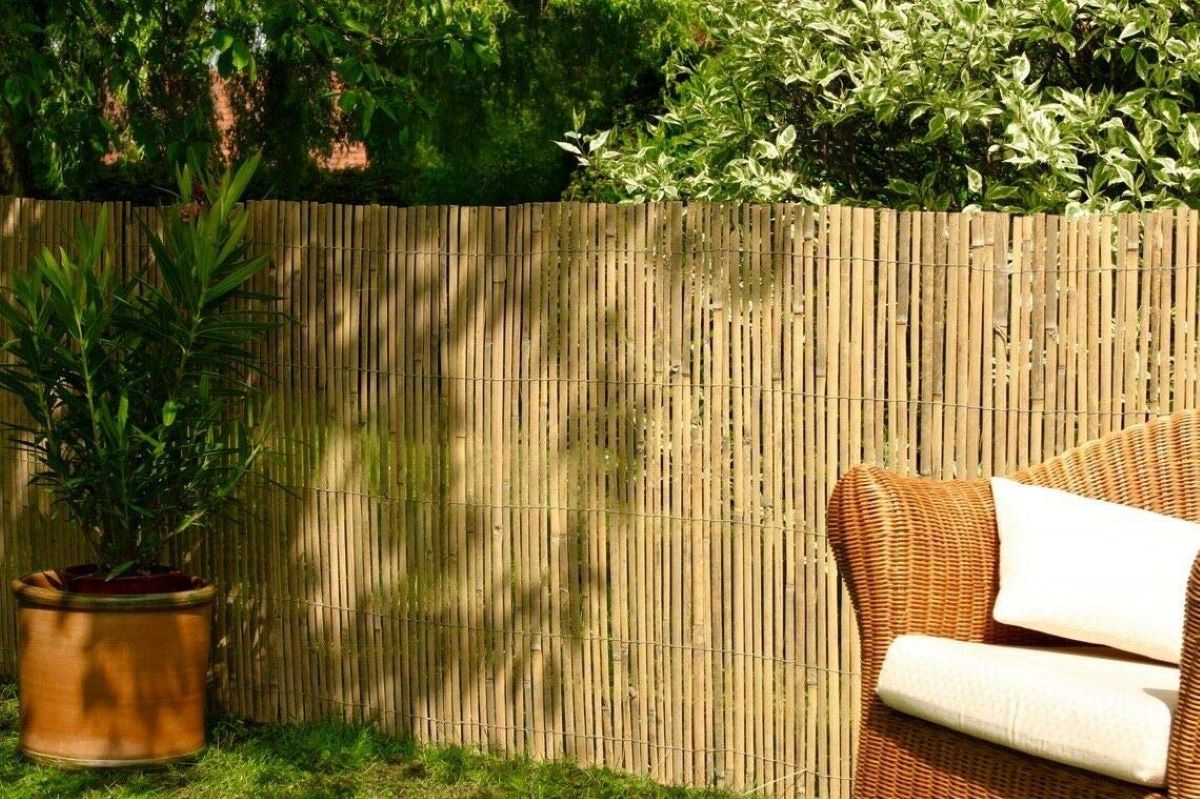

Articles
How To Put Up Bamboo Screening Without A Fence
Modified: May 6, 2024
Learn how to put up bamboo screening without a fence with this informative article. Find step-by-step instructions and helpful tips for creating privacy in your outdoor space.
(Many of the links in this article redirect to a specific reviewed product. Your purchase of these products through affiliate links helps to generate commission for Storables.com, at no extra cost. Learn more)
Introduction
Welcome to our guide on how to put up bamboo screening without a fence. Bamboo screening is an excellent way to create privacy and add a touch of natural beauty to your outdoor space. Whether you are looking to shield your patio from prying eyes, create a cozy retreat in your backyard, or simply add a decorative element to your garden, bamboo screening is a versatile and affordable option.
Unlike traditional fencing, bamboo screening offers a more organic and environmentally friendly alternative. Bamboo is a fast-growing and sustainable material, making it an eco-conscious choice for those who are mindful of their environmental impact.
In this article, we will guide you through the step-by-step process of installing bamboo screening without the need for a fence structure. We will cover everything from measuring and marking the area to securing the bamboo panels in place. So let’s get started!
Key Takeaways:
- Create a private oasis: Install bamboo screening without a fence to add natural beauty and privacy to your outdoor space. Follow the step-by-step guide for a rewarding and eco-friendly transformation.
- Easy installation, lasting beauty: With the right materials and careful preparation, you can securely install bamboo screening for a serene and visually appealing outdoor environment.
Read more: How To Put Up Garden Fence
Materials Needed
Before you begin, it is important to gather all the necessary materials to ensure a smooth and successful installation. Here’s a list of what you’ll need:
- Bamboo screening panels: Measure the area to determine the number of panels you’ll need. Make sure to choose high-quality bamboo panels that are sturdy and durable.
- Measuring tape: This will come in handy for accurately measuring the space where you plan to install the bamboo screening.
- Marker or chalk: Use a marker or chalk to mark the spots where the bamboo panels will be attached.
- Cable ties or wire: These will be used to secure the bamboo panels to existing structures or posts.
- Drill and screws: If you’re attaching the bamboo panels directly to a wall or any other surface, you’ll need a drill and screws to secure them in place.
- Level: A level will help you ensure that the bamboo panels are straight and properly aligned.
- Post hole digger (optional): If you choose to install posts to support the bamboo screening, you’ll need a post hole digger to dig the holes.
- Concrete (optional): If you’re using posts for support, you may need concrete to stabilize the posts in the ground.
It’s always a good idea to gather all your materials beforehand, as this will save you time and prevent any interruptions during the installation process. Once you have everything ready, you’re all set to move on to the next steps!
Step 1: Measure and Mark
The first step in putting up bamboo screening without a fence is to accurately measure and mark the area where you want to install it. This will help ensure that you have the right amount of screening panels and that they are properly aligned.
Start by measuring the length and height of the area where you plan to install the bamboo screening. Use a measuring tape to get precise measurements. Make sure to account for any gaps or overlaps between the panels, depending on the level of privacy you desire.
Once you have the measurements, use a marker or chalk to mark the spots where the bamboo panels will be attached. If you’re attaching the panels to an existing structure, such as a wall or posts, mark the locations accordingly. For a freestanding installation, mark the spots where you plan to install posts to support the bamboo screening.
Always double-check your measurements and marks to ensure accuracy before proceeding to the next step. This will save you time and prevent any mistakes during the installation process.
Remember, proper measurements and markings are crucial to ensure that your bamboo screening is installed evenly and securely. Take your time during this step to ensure the best results.
Step 2: Prepare the Area
Once you have measured and marked the area for your bamboo screening, it’s time to prepare the space for installation. This step involves clearing the area, ensuring a clean and level surface, and making any necessary adjustments.
Start by clearing any debris, plants, or obstacles from the area where the screening will be installed. This will create a clean and open space for the installation process. Remove any weeds or grass that may interfere with the panels or posts.
Next, check the surface where the bamboo screening will be attached. If you’re attaching the panels to a wall, make sure it is clean and free from any dirt or loose paint. If needed, wash the surface and allow it to dry completely before proceeding.
If you’re installing posts to support the bamboo screening, use a post hole digger to dig holes at the marked locations. The depth and diameter of the holes will depend on the size of your posts. Aim for a depth of at least one-third to half the length of the posts, ensuring stability and support.
If desired, you can add concrete to the post holes for extra stability. Mix the concrete according to the manufacturer’s instructions and fill the holes around the posts. Allow the concrete to dry completely before moving on to the next step.
Once the area is prepared, ensure that the surface is level. Use a level to check for any slopes or unevenness that may affect the installation. If necessary, make adjustments by adding or removing soil or using a leveling tool.
By preparing the area properly, you will ensure a solid foundation for your bamboo screening and contribute to its longevity and stability. Taking the time to clear the area and level the surface will result in a professional and polished installation.
Step 3: Attach the First Bamboo Panel
With the area prepared, it’s time to start installing the bamboo screening. In this step, we will focus on attaching the first bamboo panel to the designated spot. This step will serve as the foundation for the rest of the installation process.
Begin by positioning the first bamboo panel at the marked location. If you’re attaching it to an existing structure, hold the panel against the surface and align it with the markings. If you’re using posts, place the panel between the posts, ensuring it is level.
Once the panel is in position, use cable ties or wire to secure it in place. Start at the top corner and wrap the tie around the bamboo and the supporting structure or post. Tighten the tie securely, ensuring that the panel is held firmly without any wobbling.
If you’re attaching the bamboo panel to a wall, you may need to use a drill and screws. Pre-drill holes in the bamboo panel and corresponding spots on the wall. Then, insert screws through the holes to secure the bamboo panel. Make sure to tighten the screws firmly, but be careful not to over-tighten and damage the bamboo.
Use a level to check that the first panel is straight and properly aligned. Adjust if necessary by loosening the ties or screws and repositioning the panel. It’s important to start with a properly aligned first panel to ensure a straight and uniform installation.
Once the first bamboo panel is securely attached and aligned, move on to the next step to continue the installation process.
When putting up bamboo screening without a fence, use sturdy posts or stakes to anchor the screening in place. Make sure to space the posts evenly and secure the screening tightly to create a stable and attractive barrier.
Read more: How To Put Up A Snow Fence
Step 4: Attach the Remaining Bamboo Panels
With the first bamboo panel securely in place, it’s time to attach the remaining panels to complete the installation of the bamboo screening. This step will involve aligning each panel and ensuring a seamless connection between them.
Start by positioning the next bamboo panel next to the first one. The panels should be tightly aligned without any visible gaps between them. Use the same method as in Step 3 to secure the panel to the supporting structure or posts.
Continue attaching the remaining bamboo panels, making sure to check the alignment and levelness after each attachment. Use cable ties or wire to secure the panels, ensuring a stable and secure connection.
When attaching the panels, the ends should overlap slightly. This will maintain privacy and prevent any gaps between the panels. Ensure that the panels are aligned vertically as well, keeping them straight and uniform.
If you encounter any panels that need to be trimmed to fit, use a handsaw or a circular saw with a fine-toothed blade to make the necessary cuts. Take caution when cutting bamboo, as it can be strong and fibrous.
As you progress with the installation, periodically step back to inspect your work. This will allow you to ensure that the panels are aligning properly and that the overall appearance is exactly as desired.
Continue attaching the remaining bamboo panels until you have covered the entire area. Take your time to ensure a neat and professional installation, paying attention to small details that can make a big difference in the final result.
With all the bamboo panels securely attached, you’re now ready for the next step in the installation process.
Step 5: Secure the Bamboo Panels
Now that all the bamboo panels are in place, it’s time to secure them to ensure they stay put and withstand any external forces. Properly securing the bamboo panels will contribute to the longevity and stability of your bamboo screening.
If you’re using cable ties or wire to secure the panels, go back to the top corner of each panel and wrap the ties or wire around the bamboo and the supporting structure or post. Make sure to tighten them firmly, ensuring that the panels are held securely without any wobbling.
If you’re using screws to attach the bamboo panels to a wall or other surface, check the screws and tighten them if needed. Ensure that the panels are tightly secured and there is no movement or looseness.
It is important to reinforce the points of attachment, especially for larger and heavier bamboo panels. You may want to use additional ties, wire, or screws at regular intervals along the panels to provide extra support and stability.
Once you’ve secured all the bamboo panels, give them a gentle push or shake to ensure they are stable. If you notice any movement or looseness, go back and tighten the attachments as needed.
If you’re using posts to support the bamboo screening, check that they are firmly in place and not leaning or wobbling. Consider adding braces or additional support if necessary to ensure the posts remain stable over time.
By properly securing the bamboo panels, you’ll have peace of mind knowing that your screening is solid and will withstand various weather conditions. Take the time to ensure that each attachment point is secure and stable.
With the bamboo panels securely fastened, you’re almost done with the installation process. There’s just one more step left to add the finishing touches.
Step 6: Finishing Touches
With the bamboo screening securely installed, it’s time to add the finishing touches to enhance its appearance and functionality. These final steps will help to refine the overall look of your bamboo screening and ensure its longevity.
Inspect the entire installation and make any necessary adjustments. Check for any loose ties, wires, or screws, and tighten them as needed. Also, ensure that all the bamboo panels are aligned properly and there are no visible gaps or inconsistencies.
If desired, you can choose to trim any excess bamboo protruding from the top or sides of the panels. Use a saw or pruning shears to neatly cut the bamboo and create a clean, polished look.
Consider applying a protective coating or sealant to the bamboo panels. This will help to prevent weathering, discoloration, and damage caused by UV rays and moisture. Follow the instructions provided with the specific coating or sealant for the best results.
Once the sealant is dry, step back and admire your finished bamboo screening. Take the time to appreciate the beauty and functionality it adds to your outdoor space.
Lastly, periodically inspect and maintain your bamboo screening over time. Regularly check for any signs of wear, such as loose attachments or signs of damage to the bamboo. Address any issues promptly to ensure the longevity of your bamboo screening.
By adding these finishing touches and maintaining your bamboo screening, you’ll be able to enjoy its beauty and functionality for years to come.
Congratulations! You have successfully learned how to put up bamboo screening without a fence. You can now enjoy the privacy and natural beauty it brings to your outdoor space.
Conclusion
Putting up bamboo screening without a fence is a rewarding and practical way to enhance your outdoor space. Whether you’re looking to create privacy, add a touch of natural beauty, or simply transform your patio or garden, bamboo screening offers an eco-friendly and versatile solution.
In this guide, we have walked you through the step-by-step process of installing bamboo screening without the need for a fence structure. From measuring and marking the area to securing the bamboo panels in place, each step has been carefully outlined to ensure a successful installation.
By following these steps, you can create a private and serene environment while incorporating the beauty of nature. Bamboo screening is not only functional but also environmentally friendly, as bamboo is a fast-growing and sustainable material.
Remember to gather all the necessary materials before you begin, measure and mark the area accurately, and prepare the space properly. Attach the bamboo panels securely, ensuring they are aligned and level. Take the time to add the finishing touches and maintain the screening over time.
With these easy-to-follow instructions, you can confidently install bamboo screening without a fence and enjoy the benefits it brings to your outdoor living space.
So go ahead, create a peaceful oasis in your backyard or transform your patio into a private retreat with the natural beauty of bamboo screening. Enjoy the privacy, tranquility, and visual appeal it adds to your outdoor environment.
Get ready to immerse yourself in the beauty of nature with your very own bamboo screening installation!
Now that you've mastered setting up bamboo screening to enhance privacy and style in your garden, why not delve further into creative options for your outdoor spaces? Our next guide offers twenty-four stunning garden screening ideas, perfect for ensuring your little paradise remains serene and personal. From lush vertical gardens to elegant trellis designs, each concept is designed to suit diverse tastes and settings. Ready for more inspiration to transform your garden into a private retreat?
Frequently Asked Questions about How To Put Up Bamboo Screening Without A Fence
Was this page helpful?
At Storables.com, we guarantee accurate and reliable information. Our content, validated by Expert Board Contributors, is crafted following stringent Editorial Policies. We're committed to providing you with well-researched, expert-backed insights for all your informational needs.
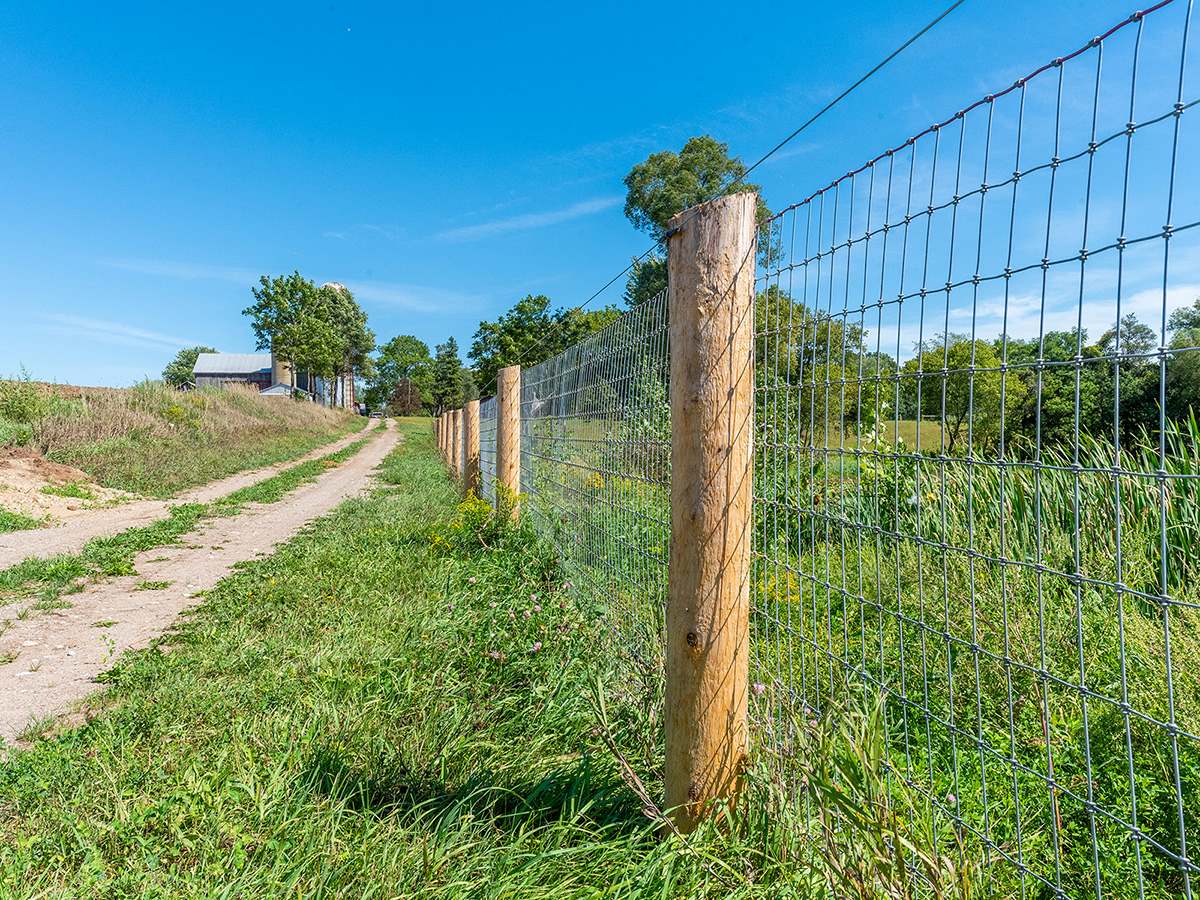
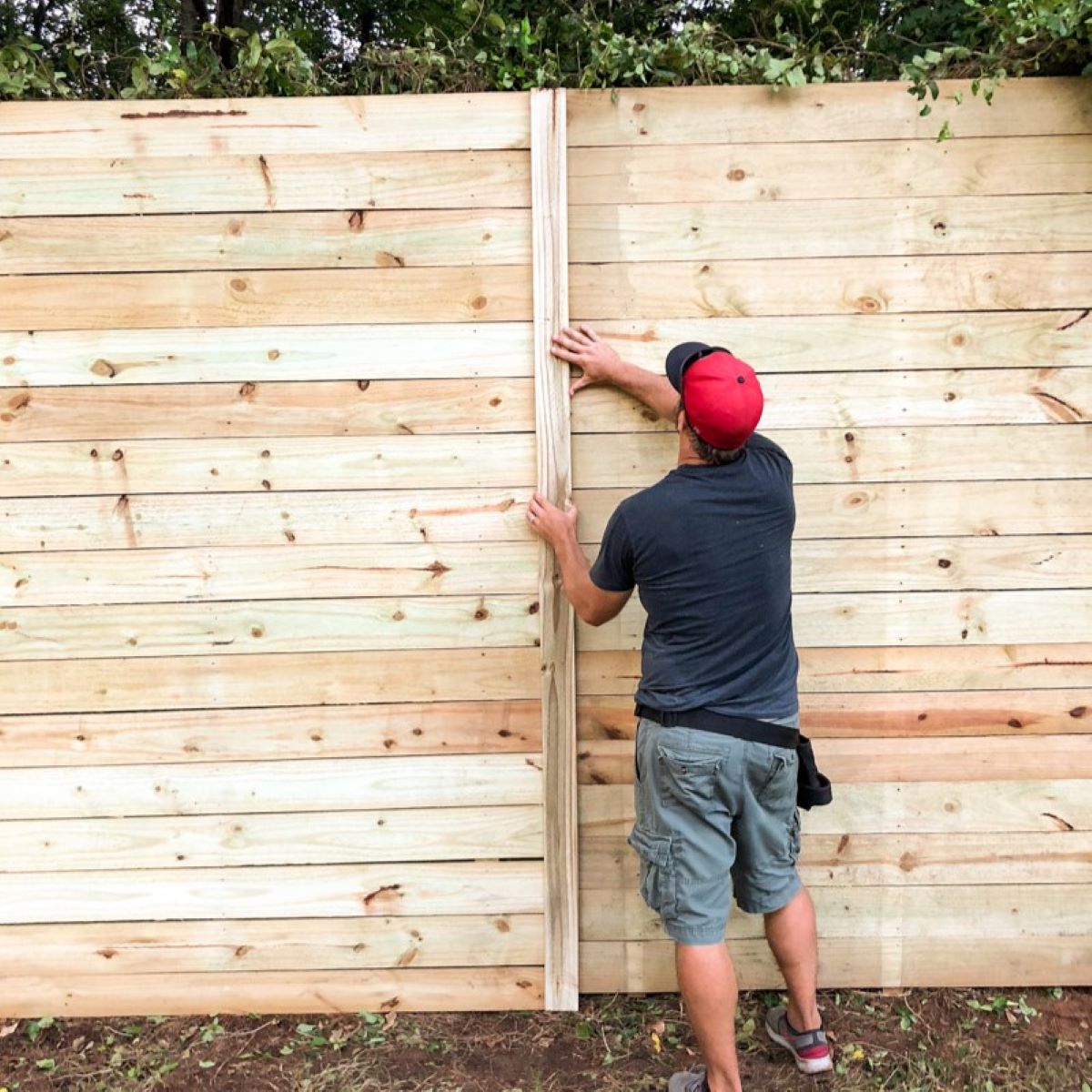
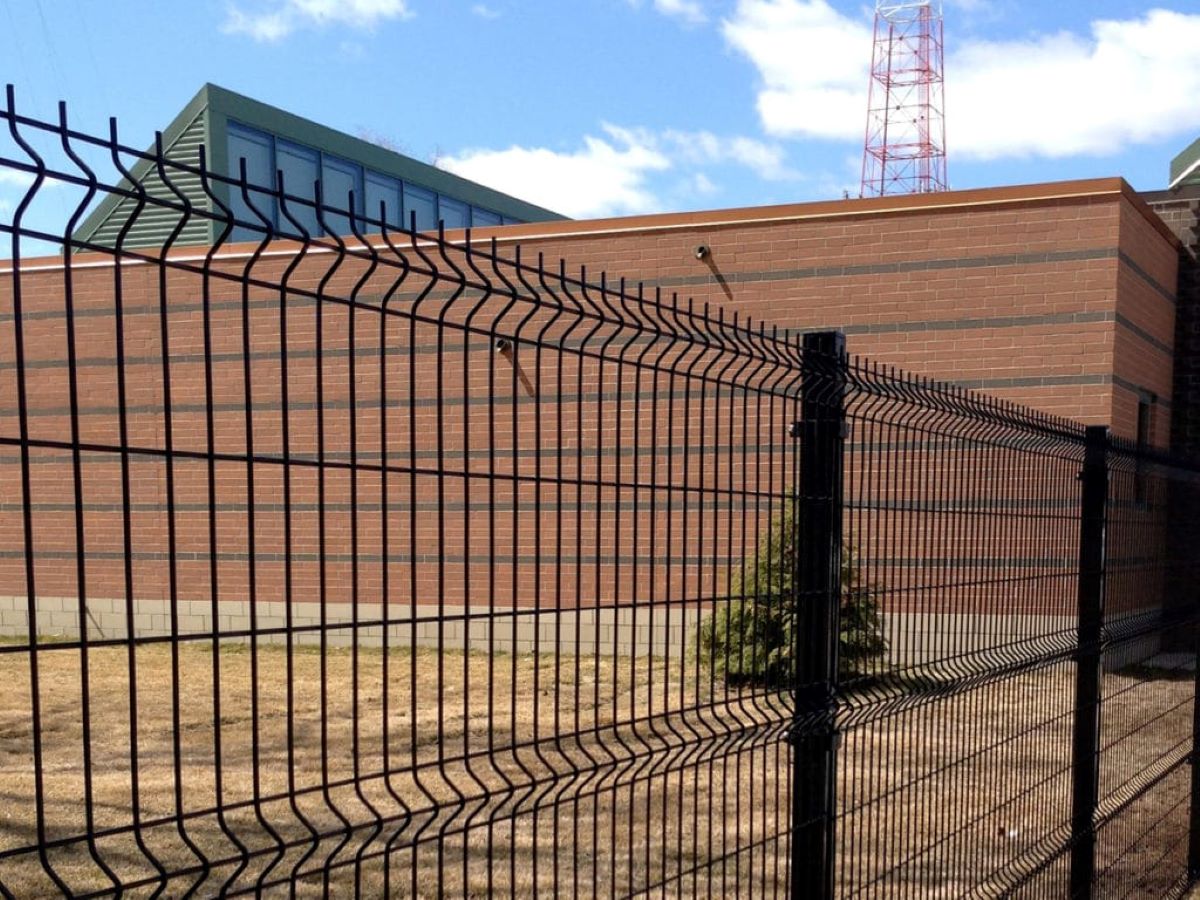
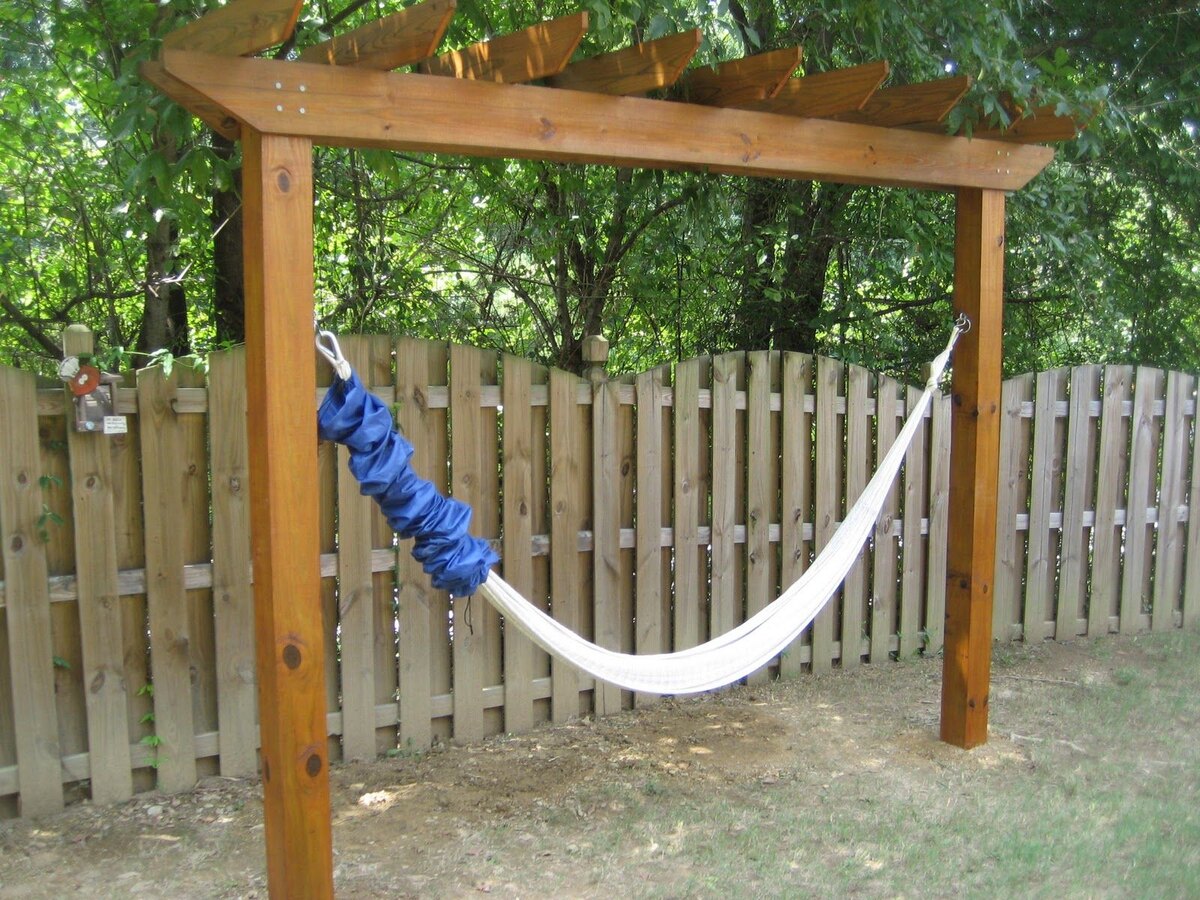
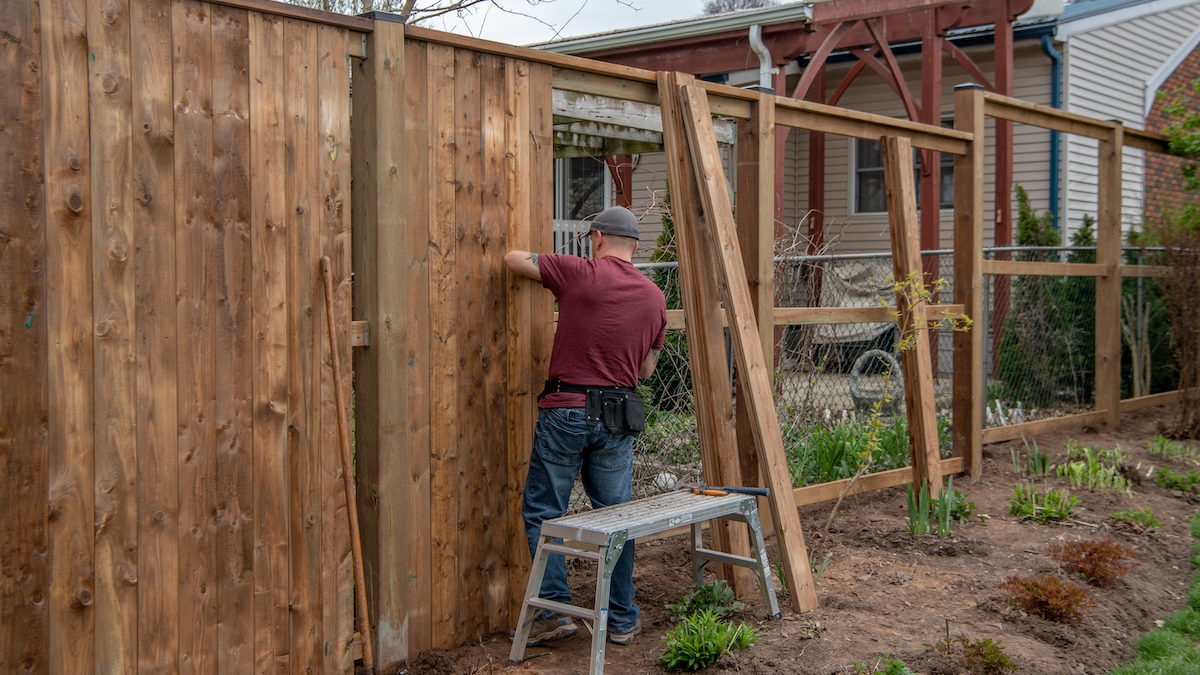
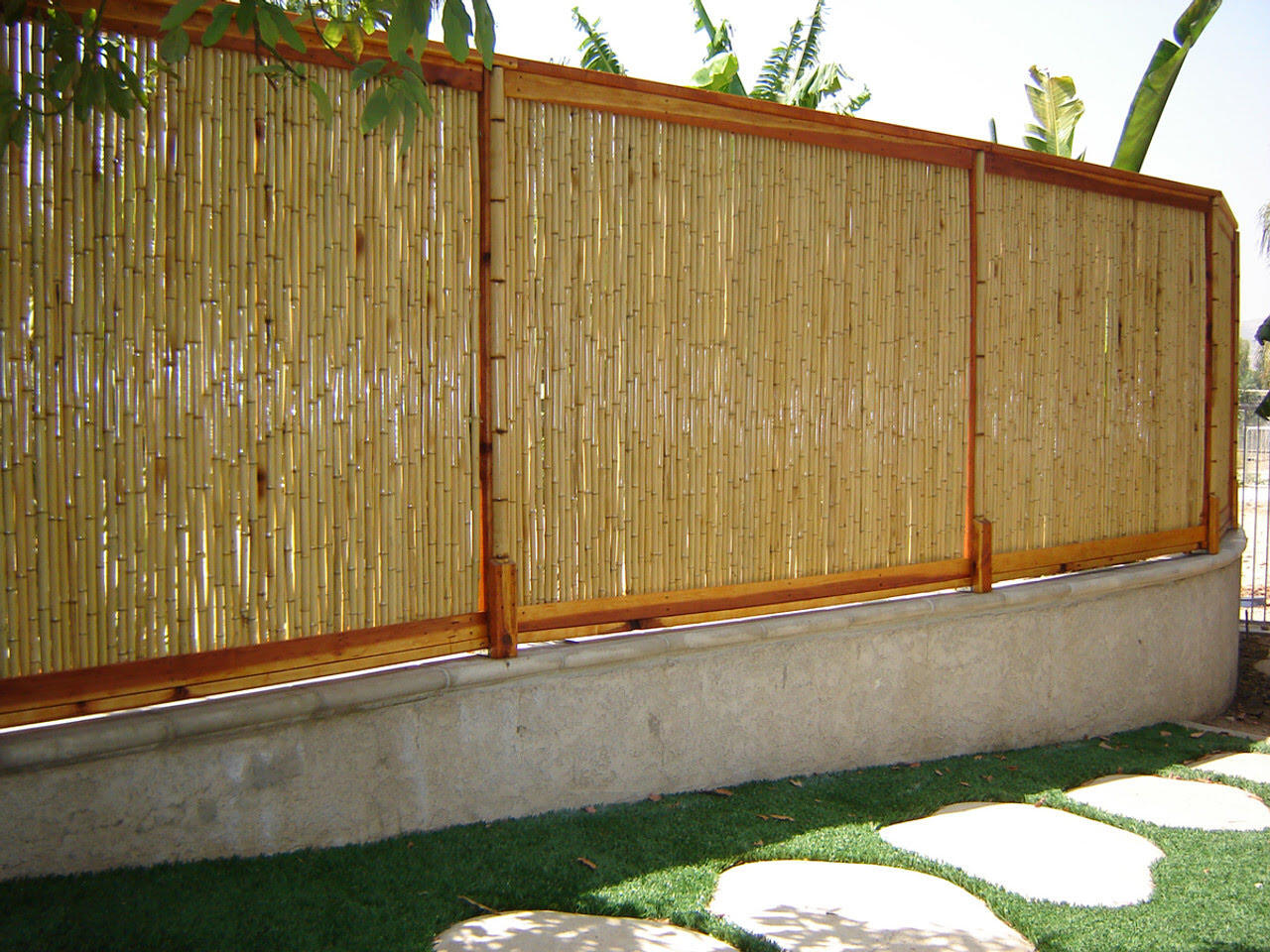
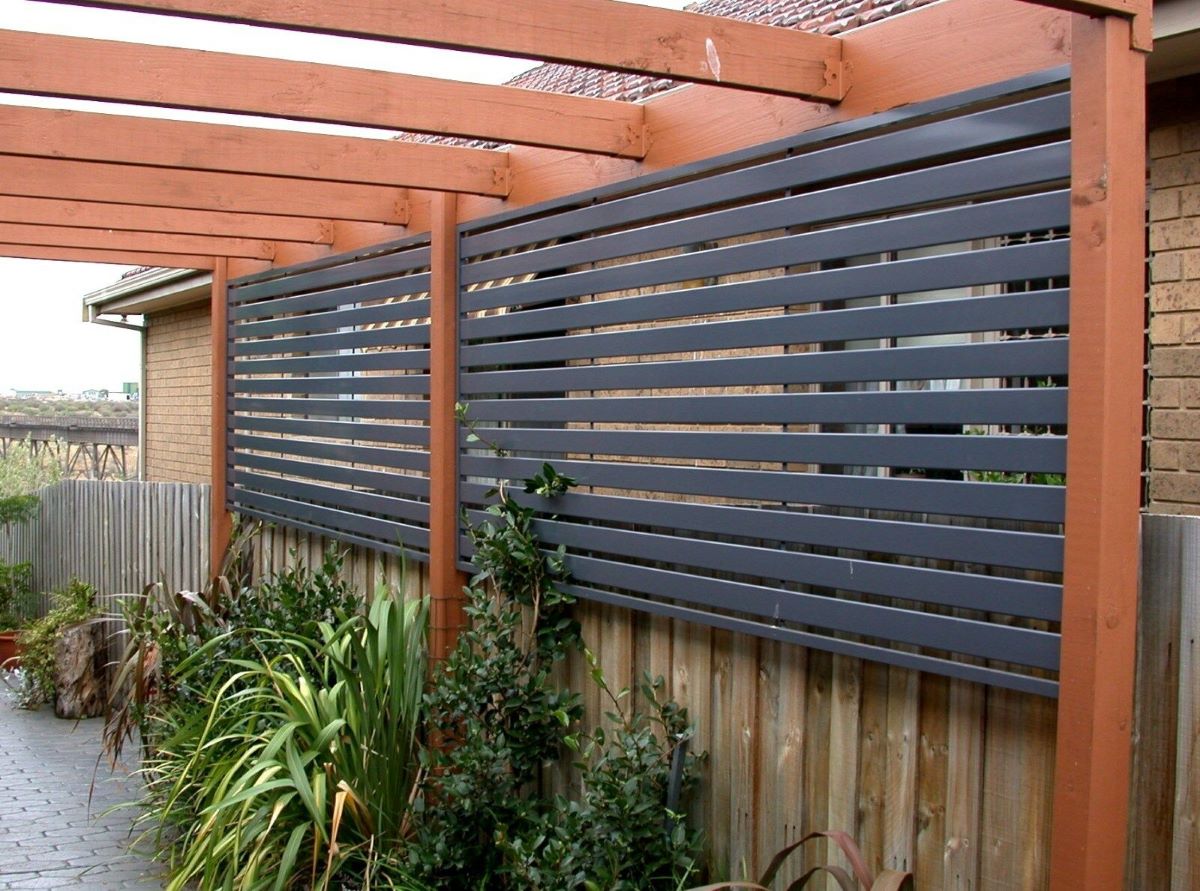

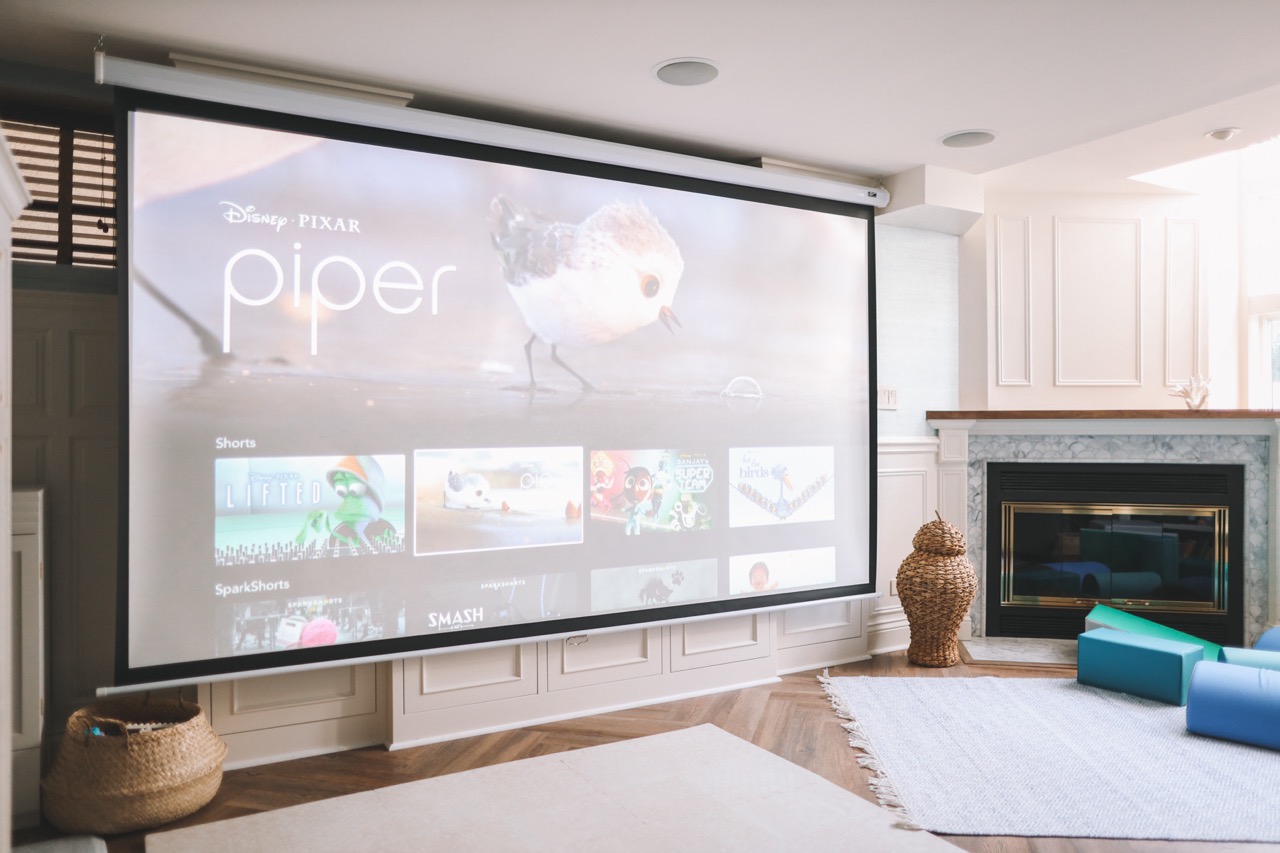
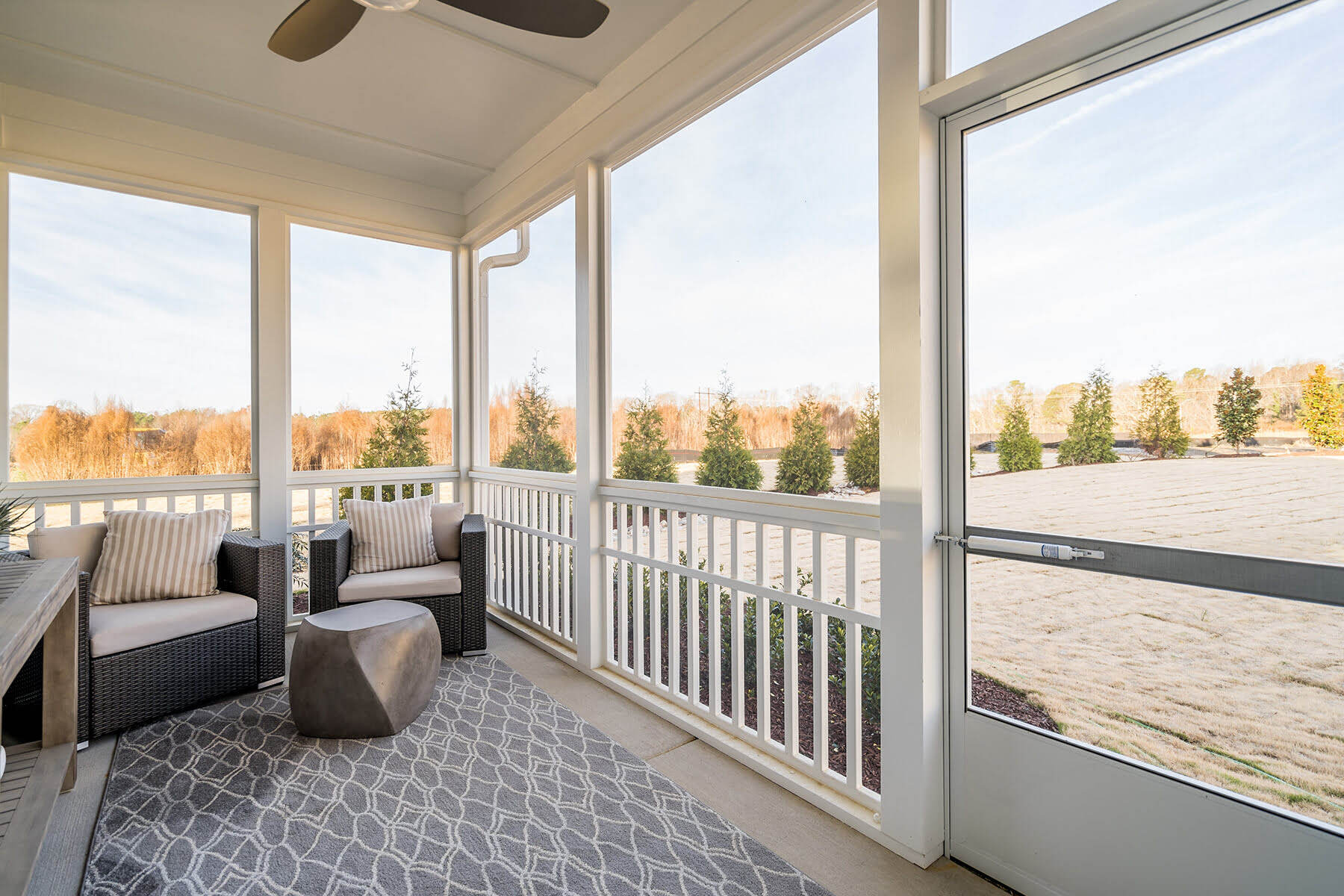
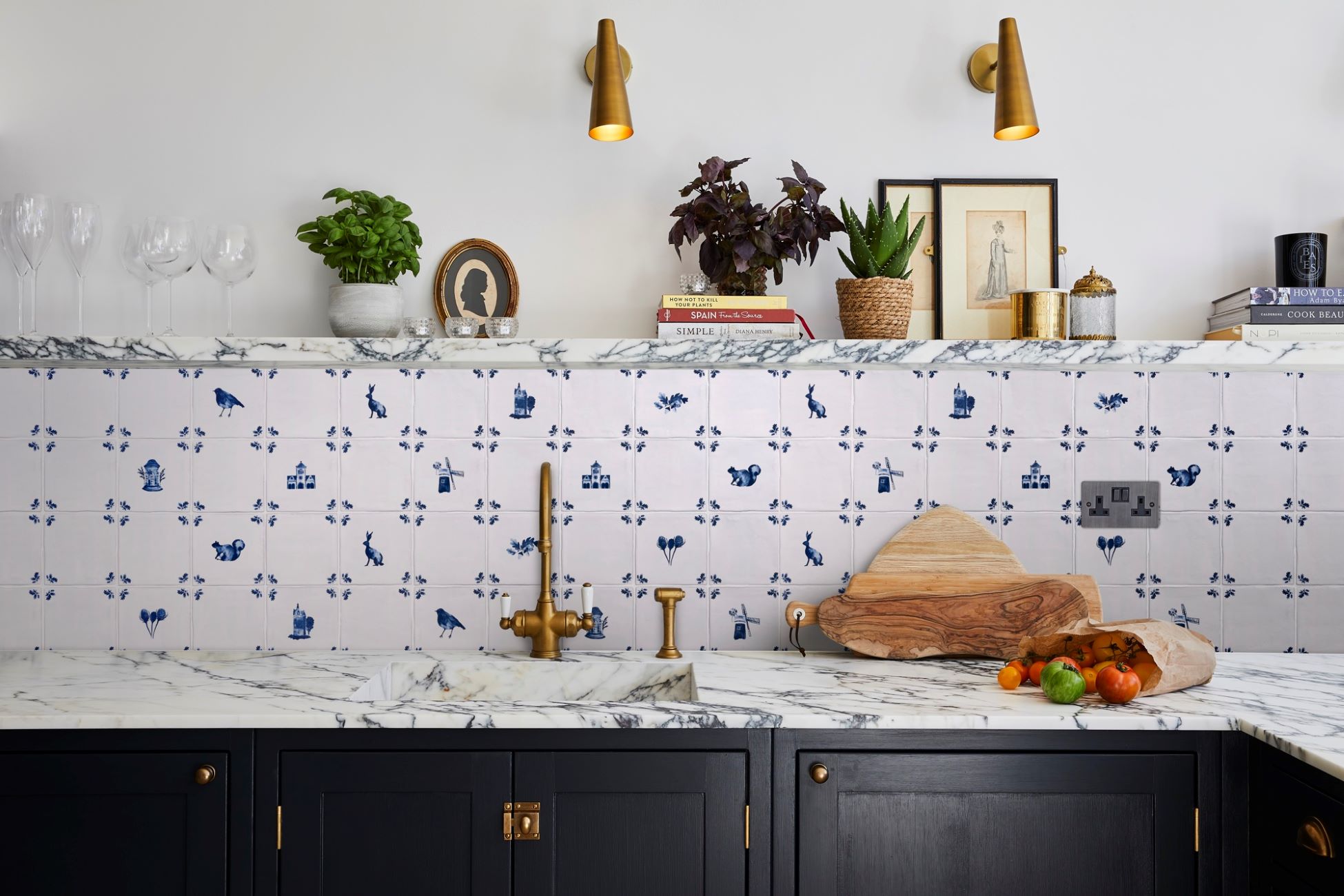
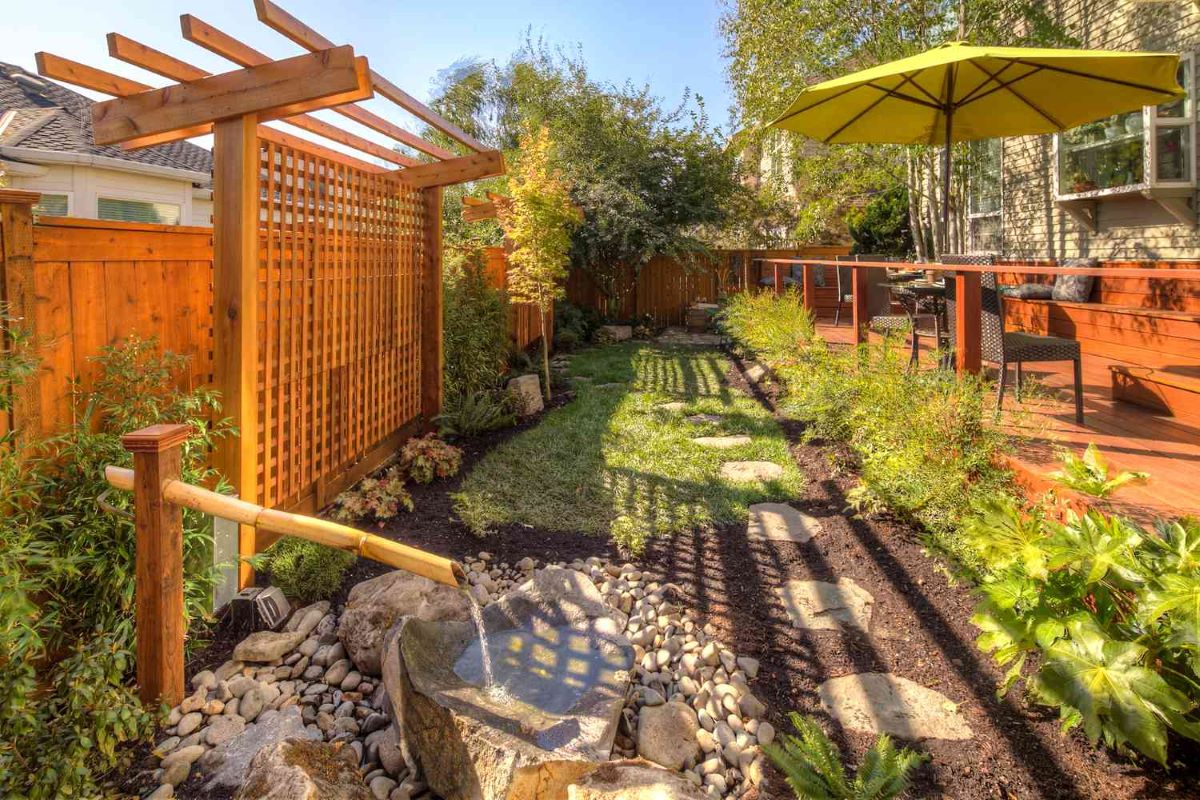
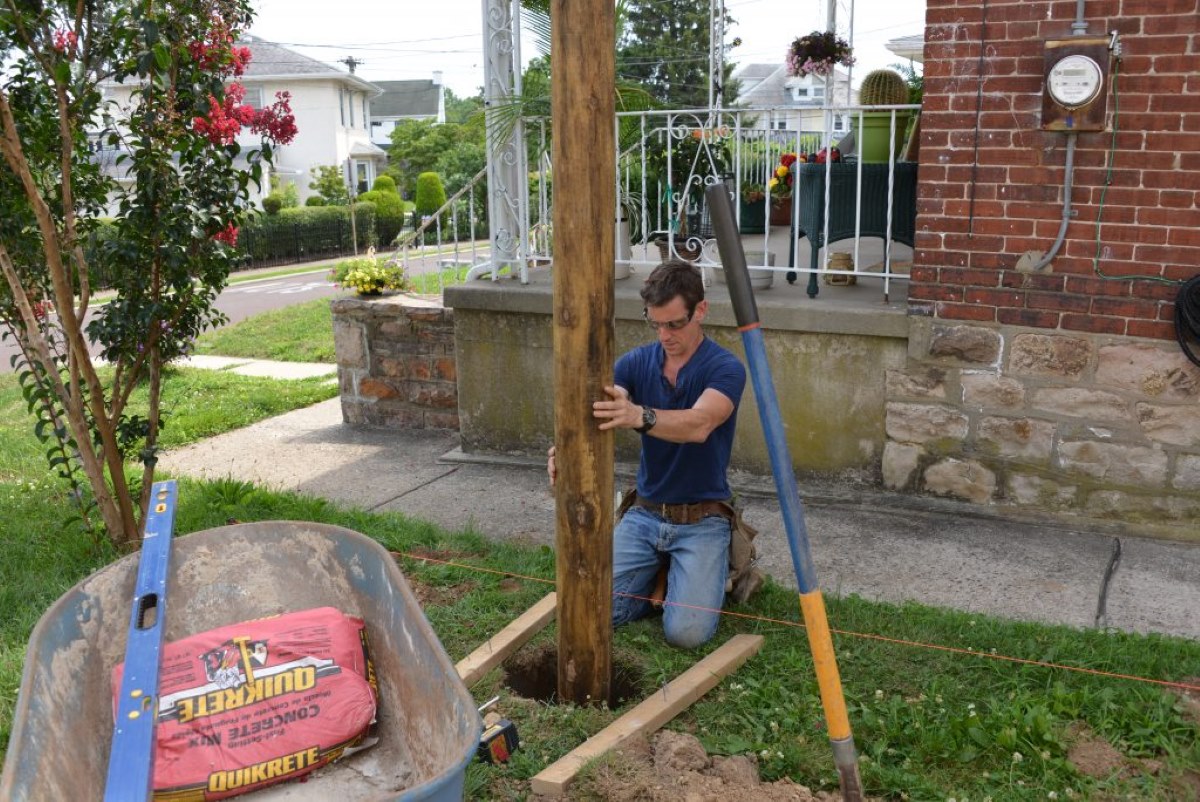
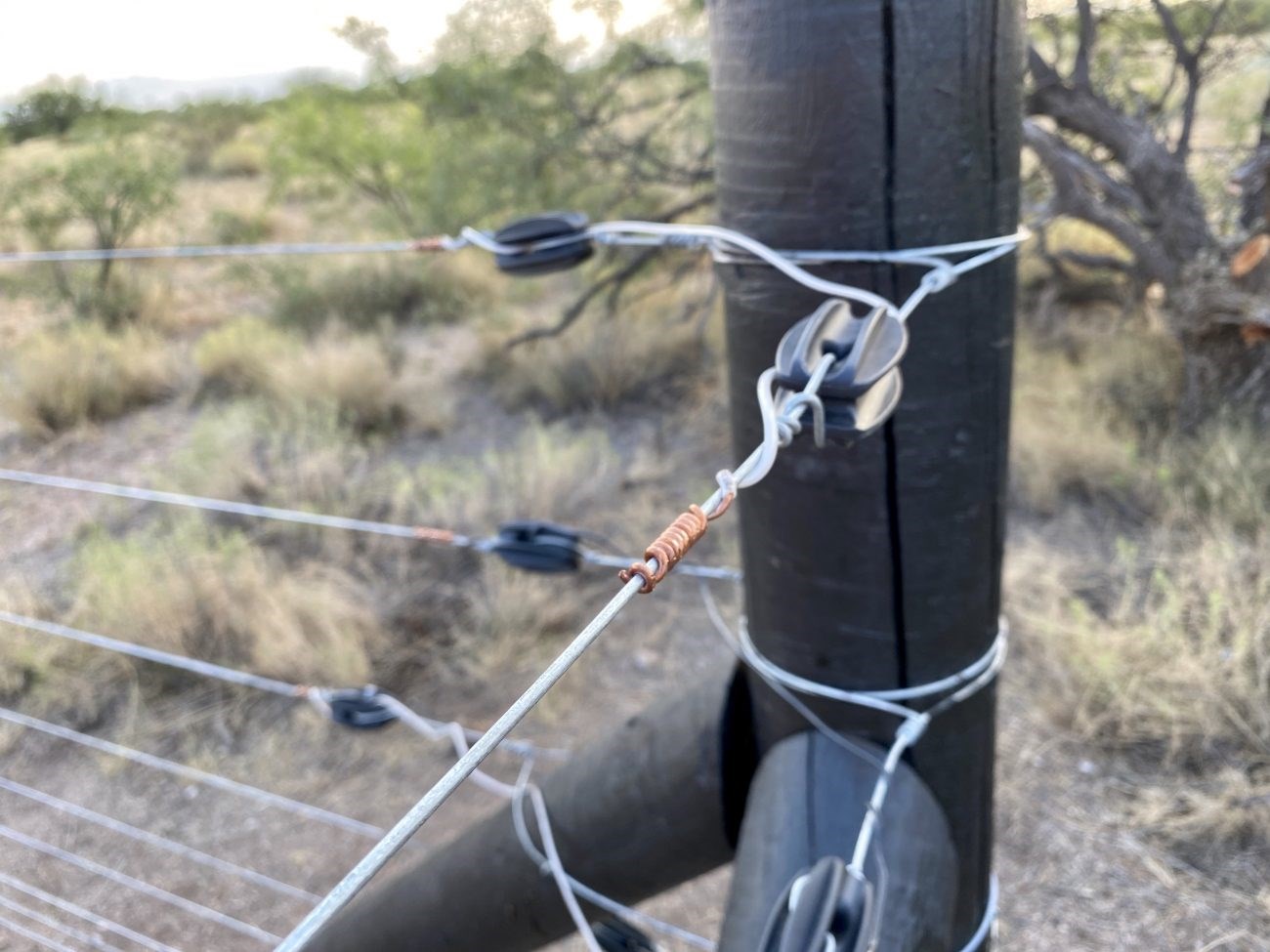

0 thoughts on “How To Put Up Bamboo Screening Without A Fence”